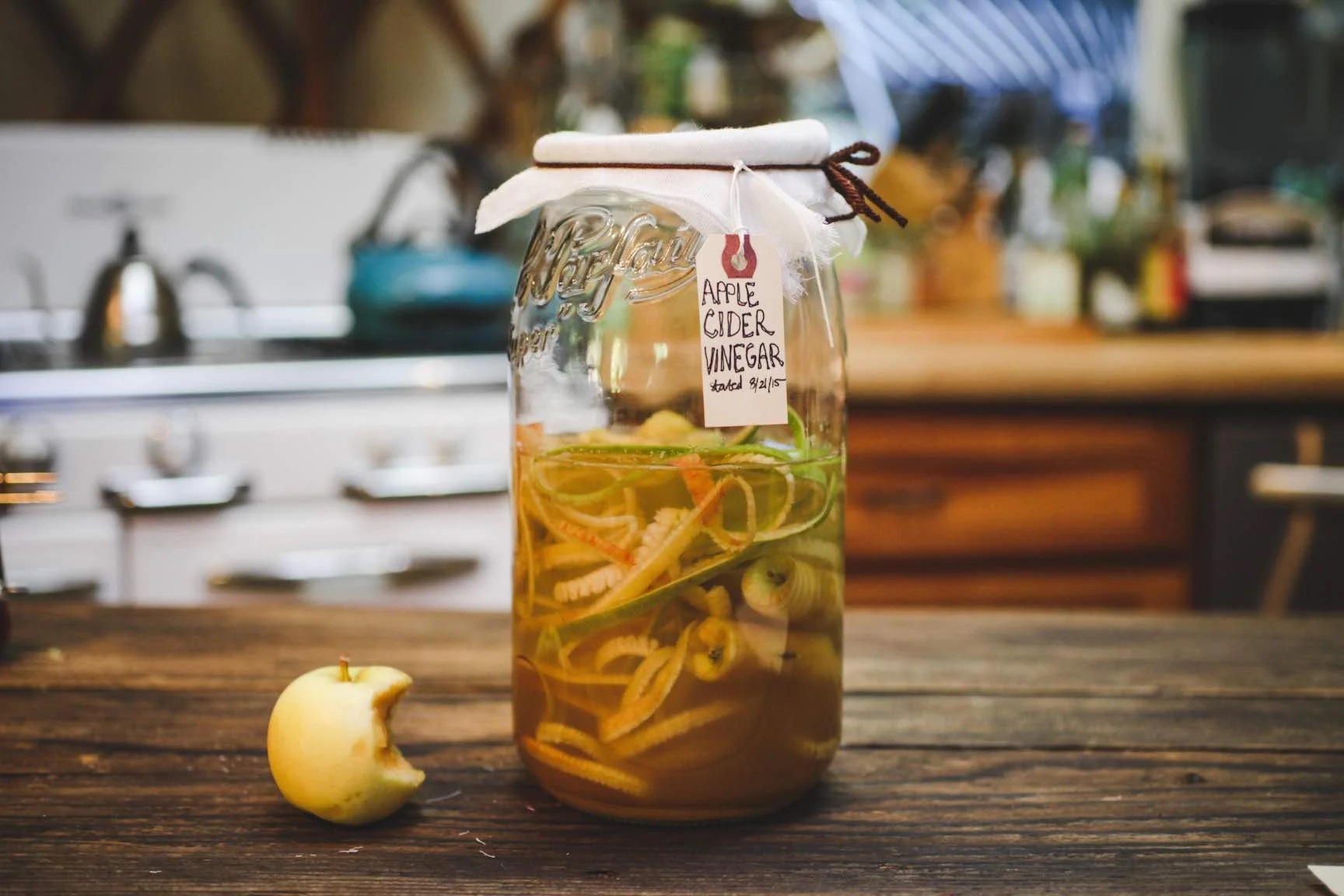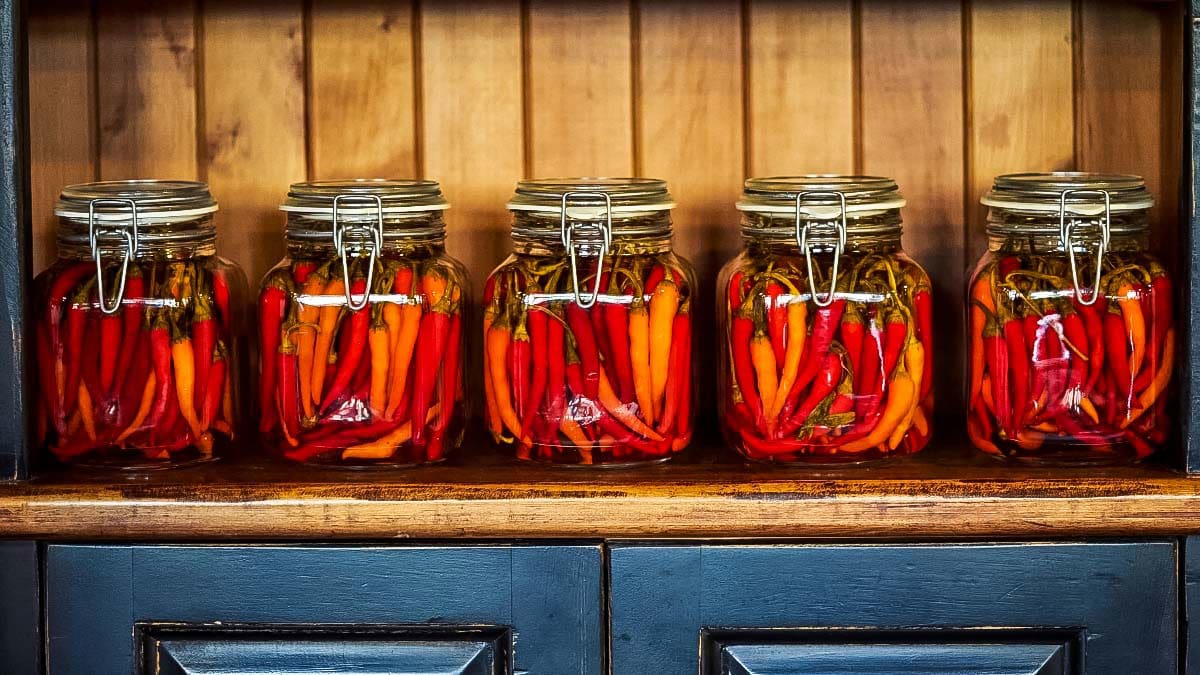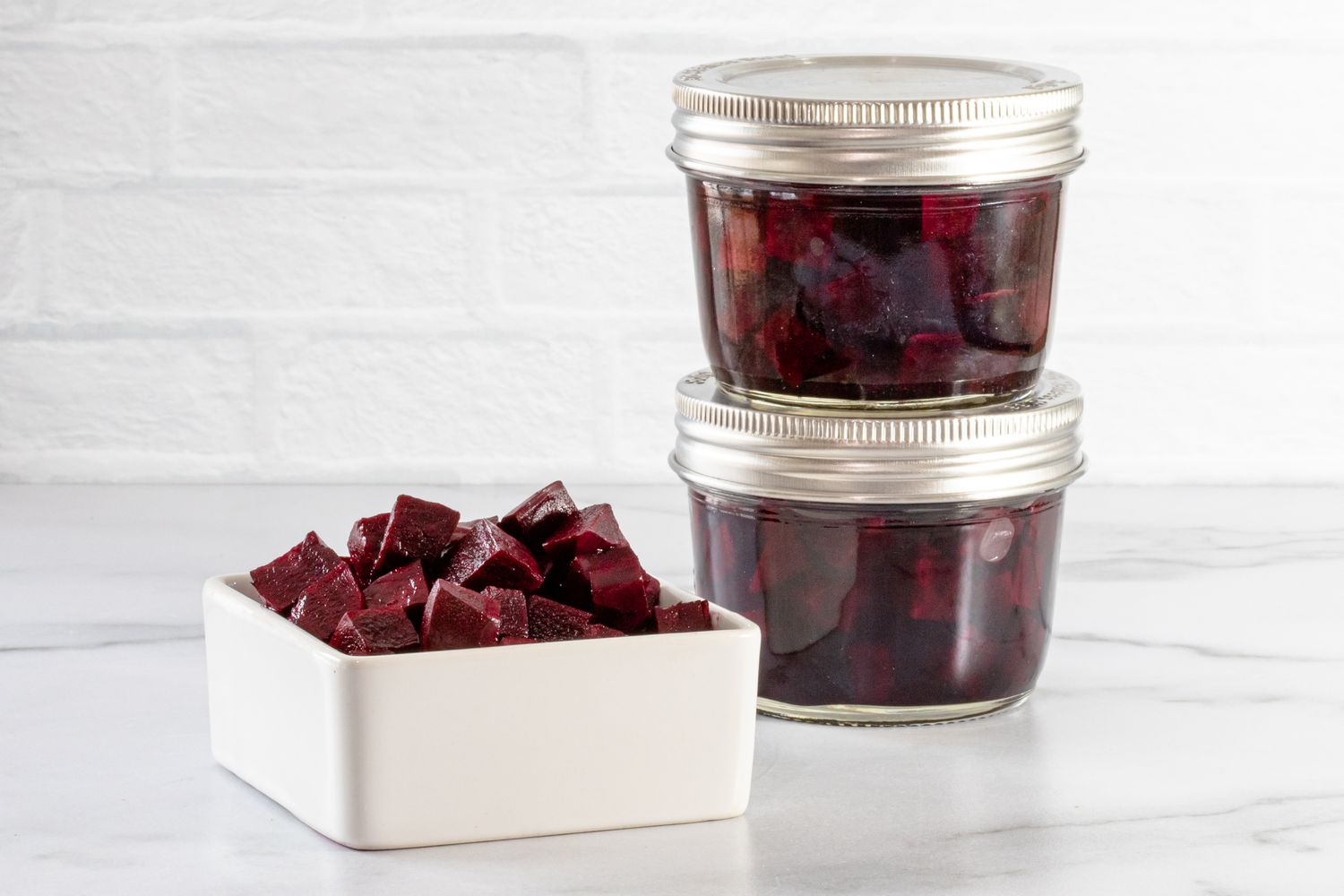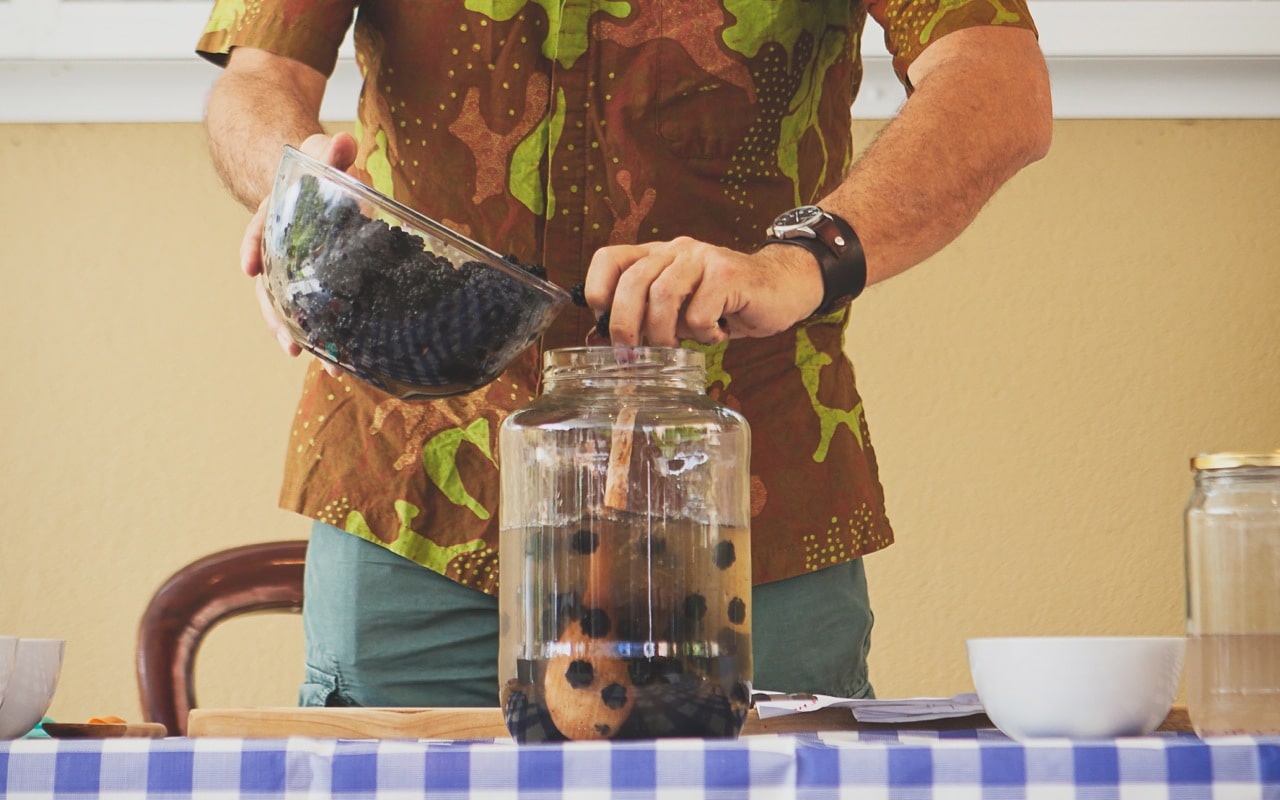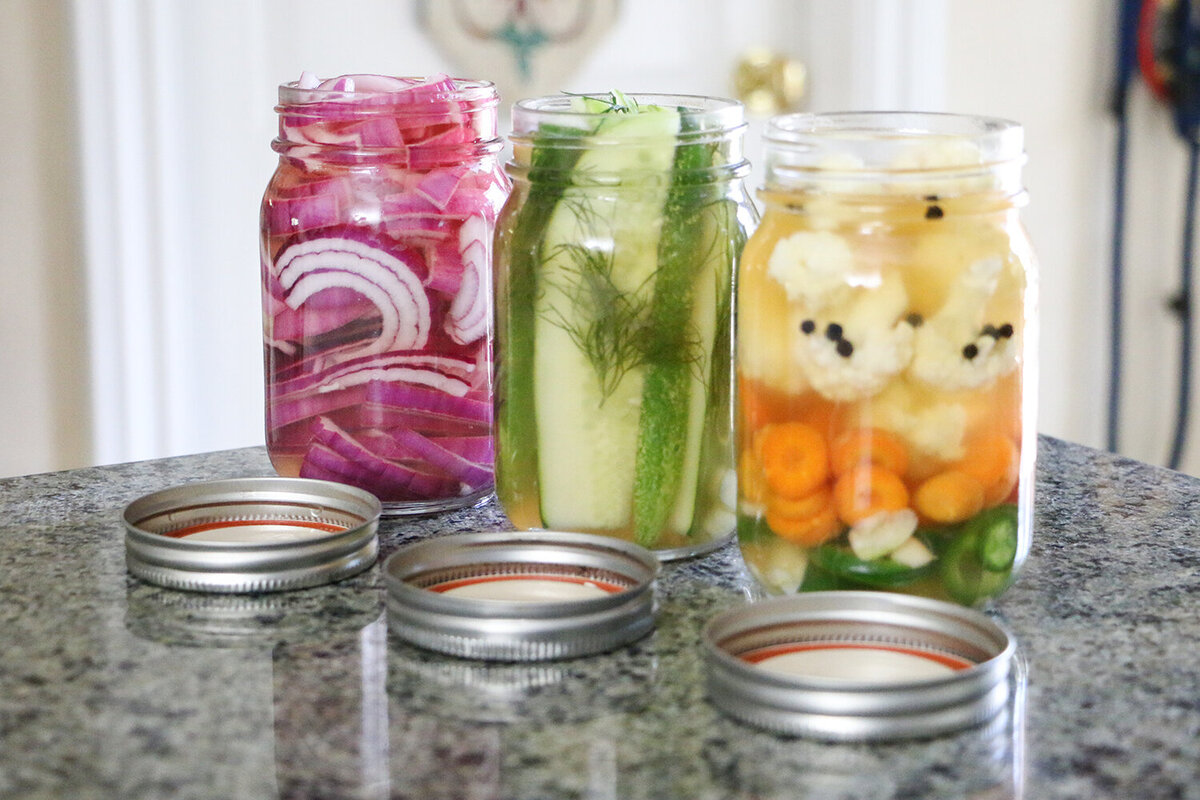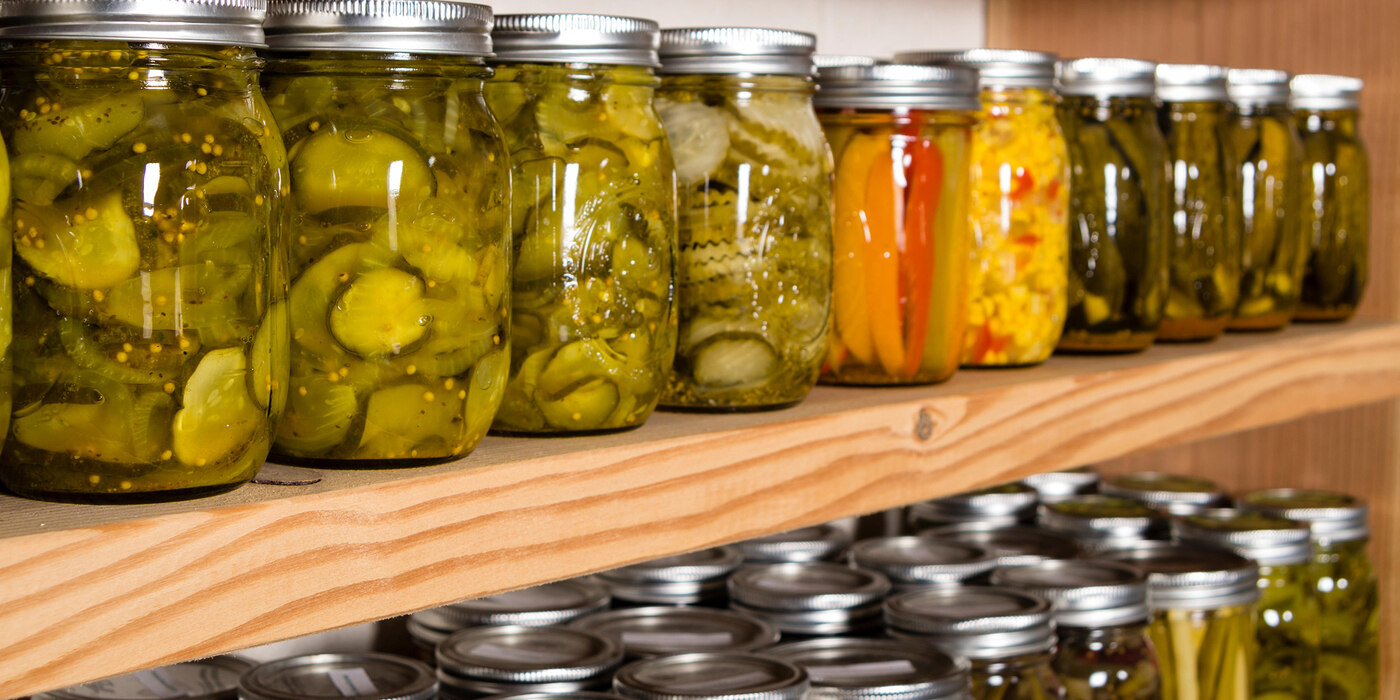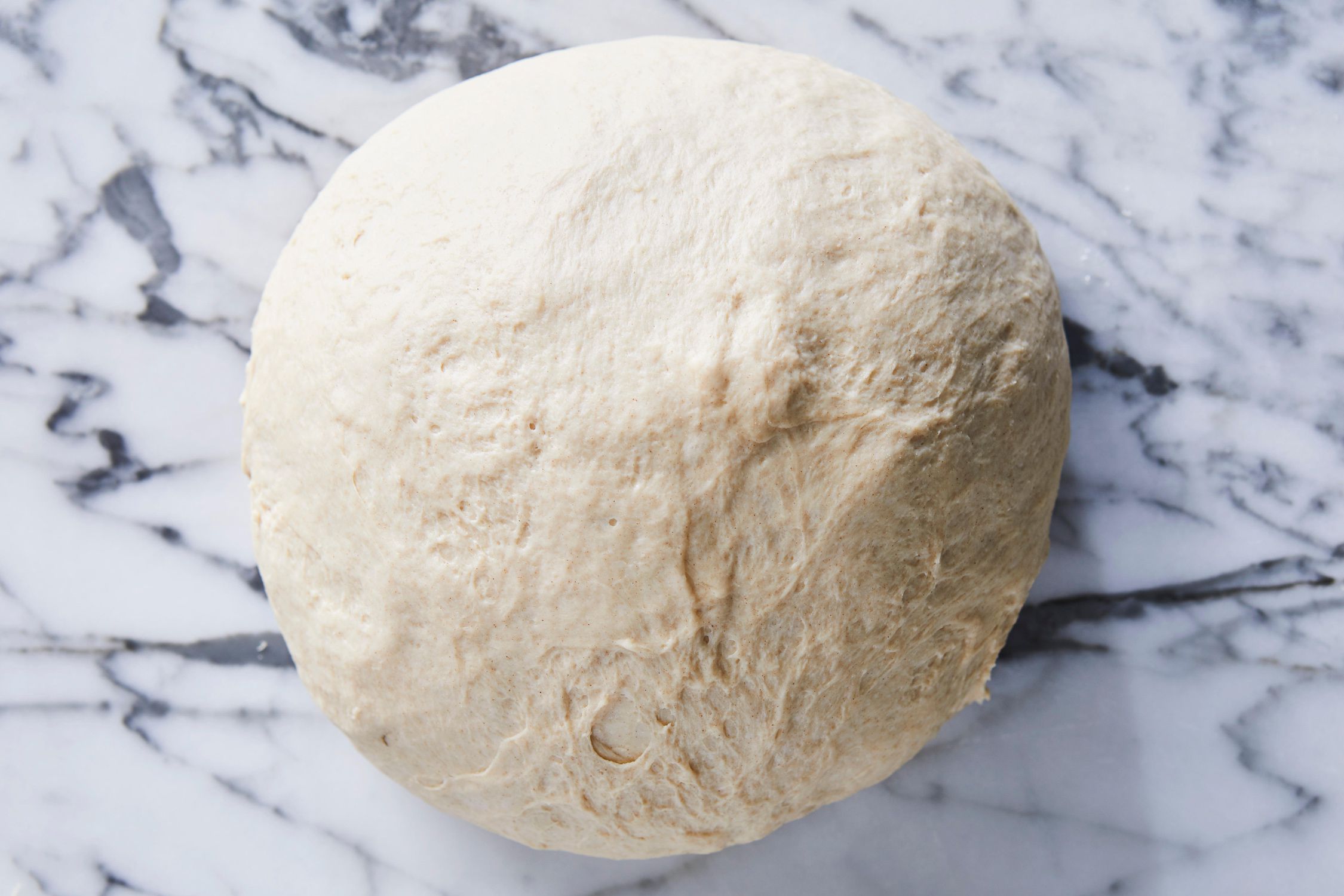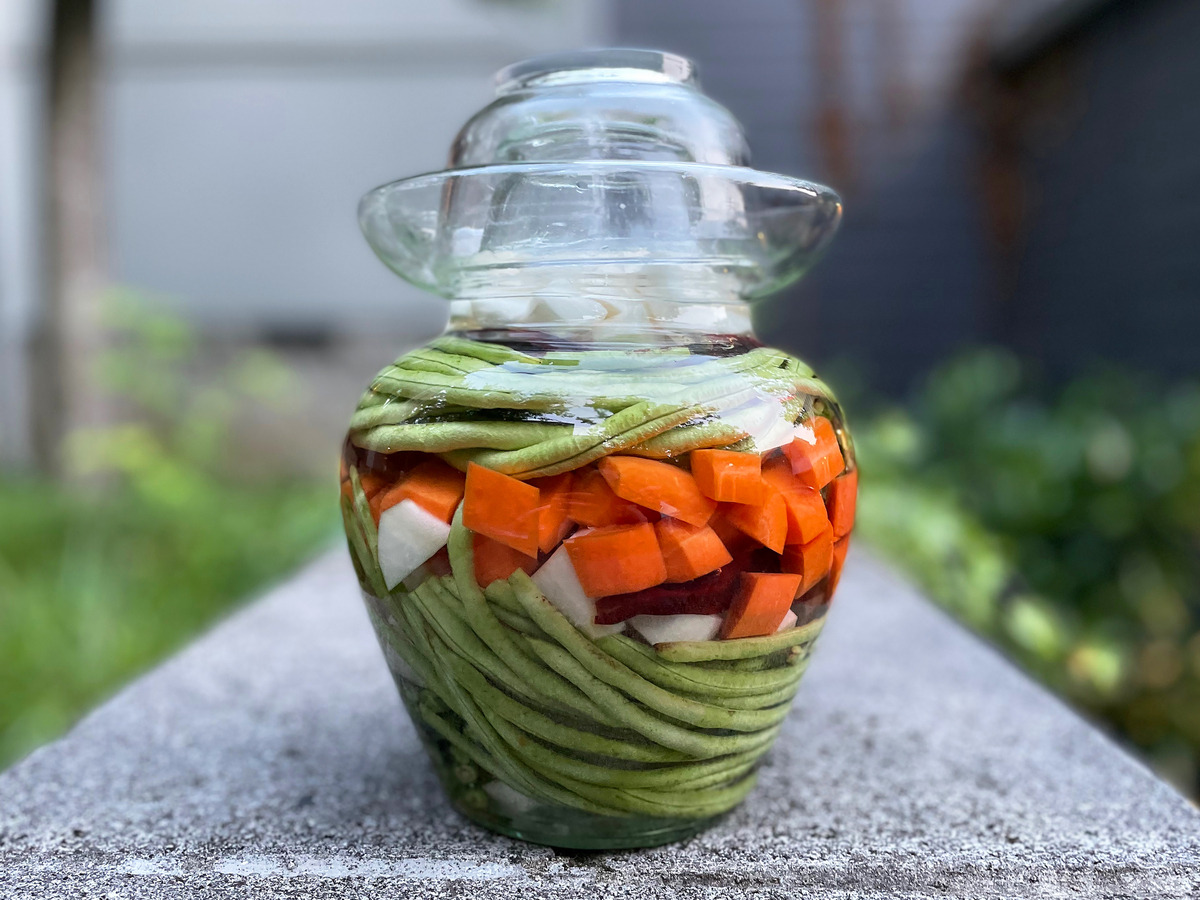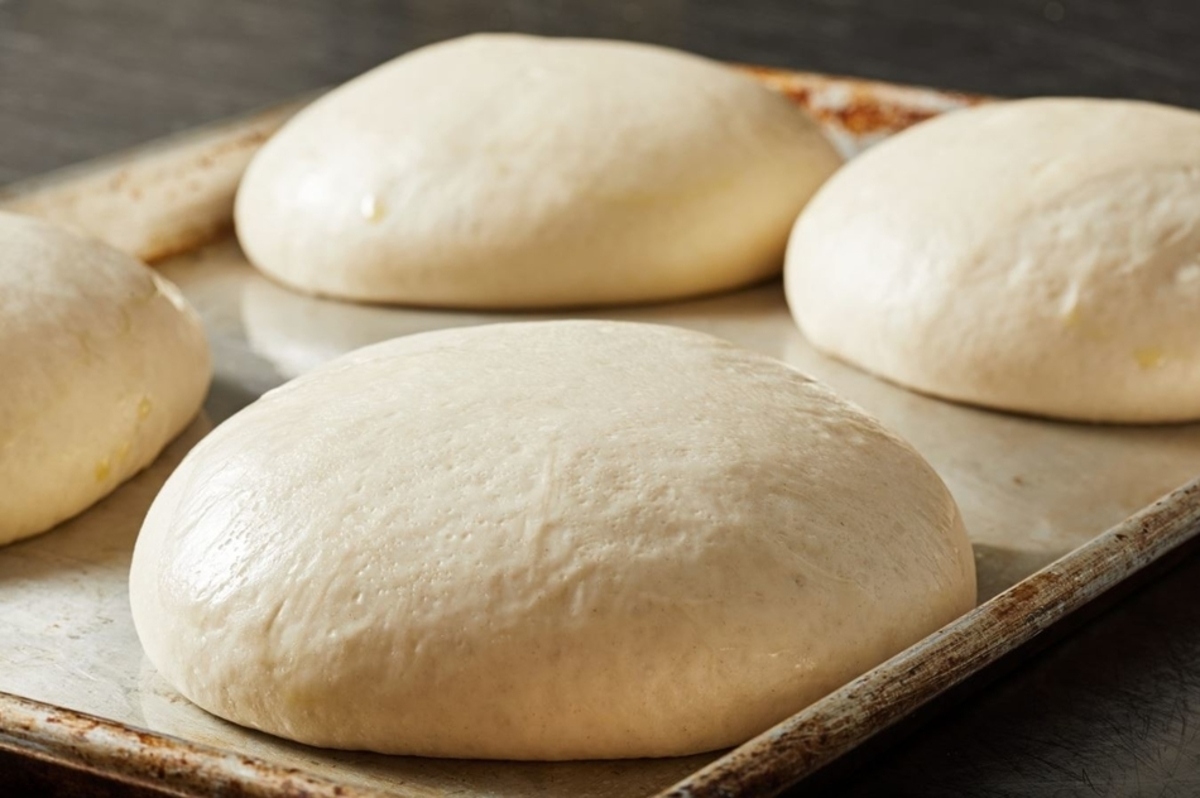Lacto-fermentation is an age-old method of preserving food that boosts flavor and nutrition. This process uses beneficial bacteria to convert sugars into lactic acid, creating tangy, probiotic-rich foods. Think sauerkraut, kimchi, and pickles. These fermented goodies not only taste great but also support gut health. With just a few simple ingredients and some patience, you can transform ordinary vegetables into delicious, health-boosting snacks. Whether you're a seasoned cook or a kitchen newbie, mastering lacto-fermentation opens up a world of culinary possibilities. Ready to dive in? Let's explore the basics and get fermenting!
Essential Ingredients for Lacto-Fermentation
Ingredients
- 1 medium cabbage (green or red)
- 1 tablespoon sea salt
- 1-2 carrots (optional)
- 1-2 cloves garlic (optional)
- 1 teaspoon caraway seeds (optional)
- 1 teaspoon mustard seeds (optional)
- 1 small piece of ginger (optional)
- Filtered water (if needed)
Must-Have Tools for Lacto-Fermentation
-
Glass Jars with Lids
Ideal for creating an anaerobic environment necessary for lacto-fermentation. -
Wooden Pounder or Tamper
Helps in crushing vegetables to release their natural juices. -
Ceramic Weights or Glass Beads
Keeps vegetables submerged under brine, preventing exposure to air. -
Fine Mesh Strainer
Useful for rinsing vegetables and removing small particles from brine. -
Measuring Cups and Spoons
Ensures accurate measurement of salt, water, and spices. -
Cutting Board and Sharp Knife
For preparing vegetables into desired sizes and shapes. -
Mixing Bowls
For mixing vegetables with salt and spices before packing into jars. -
pH Test Strips
Monitors acidity levels to ensure a safe fermentation process. -
Airlocks (Optional)
Allows gases to escape without letting air in, reducing the risk of contamination. -
Gloves (Optional)
Protects hands from acidity and keeps the fermentation process hygienic.
Lacto-fermentation uses salt to create an environment where beneficial bacteria thrive, preserving vegetables and enhancing flavors. Ensure jars are airtight to prevent mold and maintain a consistent temperature for best results.
The Importance of Lacto-Fermentation
Lacto-fermentation preserves food and enhances its nutritional value. This process uses beneficial bacteria to convert sugars into lactic acid, which acts as a natural preservative. It creates a unique, tangy flavor and improves digestive health by introducing probiotics into your diet.
Additionally, fermented foods are easier to digest. The fermentation process breaks down complex carbohydrates and proteins, making nutrients more accessible. This method also reduces food waste by extending the shelf life of fresh produce.
Your Guide to Lacto-Fermentation
Mastering the Techniques of Lacto-Fermentation
1. Gather Ingredients and Equipment
- Fresh Vegetables: Choose firm, fresh produce like cucumbers, cabbage, or carrots.
- Non-Iodized Salt: Use sea salt or kosher salt.
- Filtered Water: Avoid chlorinated water.
- Glass Jars: Mason jars work well.
- Weights: Use fermentation weights or a smaller jar filled with water.
- Airlock Lids: Optional but helpful for releasing gas.
2. Prepare Vegetables
- Wash Thoroughly: Clean vegetables under cold water.
- Chop or Shred: Cut into uniform pieces for even fermentation.
- Remove Imperfections: Discard any bruised or damaged parts.
3. Create Brine
- Dissolve Salt: Mix 1-3 tablespoons of salt per quart of water.
- Stir Well: Ensure salt is fully dissolved.
- Adjust Ratio: Use more salt for firmer vegetables.
4. Pack Jars
- Layer Vegetables: Place vegetables tightly in jars.
- Leave Headspace: Leave about 1 inch at the top.
- Add Brine: Pour brine over vegetables, covering them completely.
5. Add Weights
- Place Weights: Use fermentation weights to keep vegetables submerged.
- Check Submersion: Ensure no vegetables float above the brine.
6. Seal Jars
- Use Airlock Lids: Attach airlock lids if available.
- Regular Lids: If using regular lids, burp jars daily to release gas.
7. Store Jars
- Cool, Dark Place: Store jars in a cool, dark area.
- Monitor Temperature: Ideal temperature is between 65-75°F.
8. Wait and Monitor
- Check Daily: Look for bubbles and brine cloudiness.
- Burp Jars: Release gas if using regular lids.
- Taste Test: Start tasting after a few days.
9. Adjust Fermentation Time
- Shorter Time: For milder flavor, ferment for 3-5 days.
- Longer Time: For stronger flavor, ferment for 1-4 weeks.
10. Finish and Store
- Refrigerate: Once desired flavor is reached, move jars to the fridge.
- Label Jars: Note the date and type of vegetable.
- Consume: Enjoy within a few months for best flavor.
11. Troubleshoot Issues
- Mold: Remove any mold on the surface.
- Off Smell: Discard if it smells rotten or unpleasant.
- Soft Vegetables: Use firmer vegetables next time.
12. Clean Up
- Wash Equipment: Clean jars, weights, and lids thoroughly.
- Store Properly: Keep equipment dry and ready for next use.
Embracing Lacto-Fermentation at Home
Lacto-fermentation is a simple, natural way to preserve and enhance the flavors of your favorite vegetables. With just salt, water, and some patience, you can create delicious, nutritious foods that are packed with probiotics. Start with basic recipes like sauerkraut or kimchi, then experiment with different veggies and spices to find your perfect blend. Remember, the key to successful lacto-fermentation is cleanliness and monitoring the process to ensure your ferments stay safe and tasty. So, grab some jars, get your hands on some fresh produce, and dive into the world of lacto-fermentation. You’ll be amazed at the flavors and health benefits you can create right in your own kitchen. Happy fermenting!
Common Questions About Lacto-Fermentation
What is lacto-fermentation?
Lacto-fermentation is a method where natural bacteria feed on sugar and starch in food, creating lactic acid. This process preserves the food and enhances its nutrient content, flavor, and digestibility.
Can I lacto-ferment any vegetable?
Yes, most vegetables can undergo lacto-fermentation. However, some are more popular due to their texture and flavor after fermentation, like cabbage, carrots, and cucumbers.
Why do I need to use salt in lacto-fermentation?
Salt inhibits the growth of unwanted microorganisms while promoting the growth of good bacteria. It's crucial for safety and flavor in lacto-fermentation.
How long does lacto-fermentation take?
Fermentation time varies depending on the vegetable, temperature, and desired sourness. Typically, it ranges from a few days to several weeks.
Is mold a concern with lacto-fermentation?
While mold can appear, it's usually on the surface and can be skimmed off. Ensuring vegetables are fully submerged under brine reduces mold risk.
Can lacto-fermented foods be stored at room temperature?
After the initial fermentation, lacto-fermented foods should be stored in the refrigerator to slow down fermentation and preserve them longer.
What are the health benefits of lacto-fermented foods?
These foods boost gut health, enhance nutrient absorption, and can improve digestion due to their high probiotic content.
